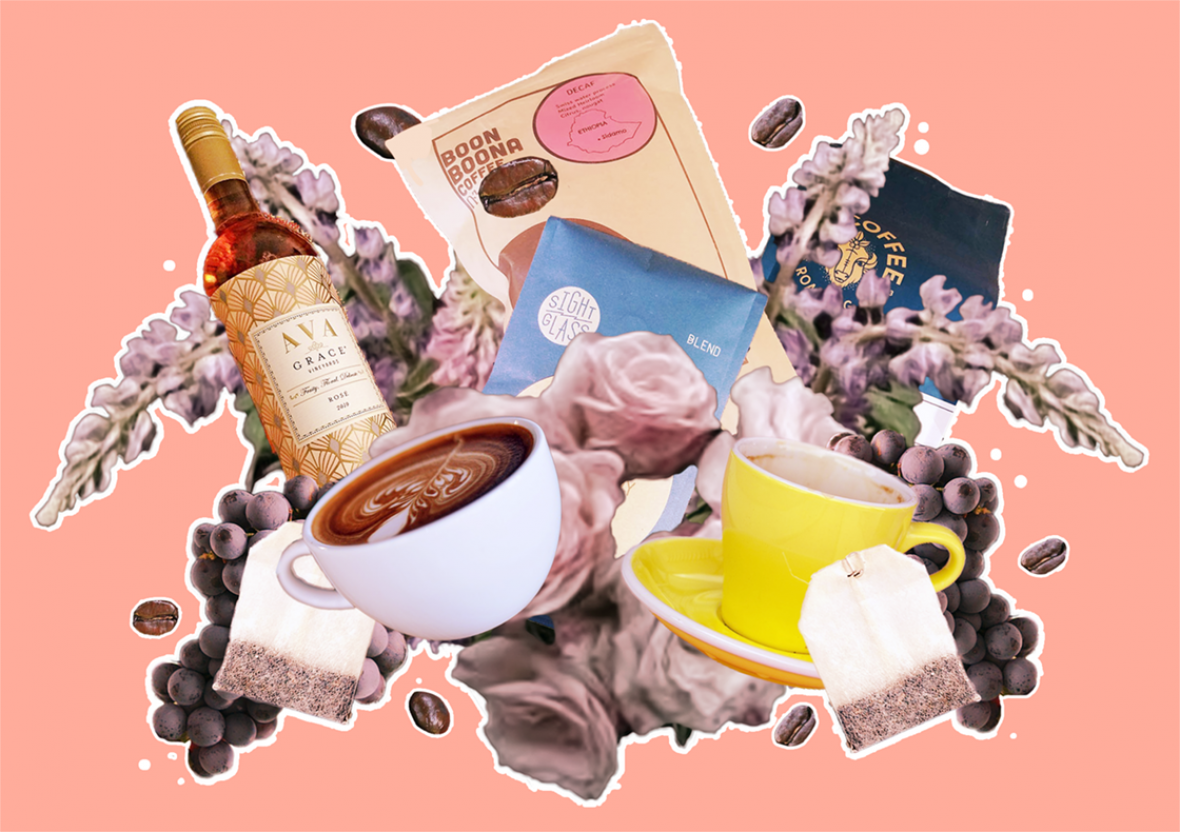No eggs, no dairy, no problem. As someone with a few dietary restrictions, finding an apple bread recipe that accommodates my needs and tastes great is like striking gold.
I checked out Chocolate Covered Katie’s fantastic apple bread recipe not too long ago and loved what I whipped up in my kitchen. I’ve also looked at similar recipes like Milk Allergy Mom’s easy apple bread. Over time, I’ve made my own version where I pump in some extra flavor and a thicker texture – I even learned some tricks on how to make this bread taste great if I’m short on ingredients!
With a mellow-and-fruity flavor and a low fat count, my apple bread variation is a fantastic treat for anyone who:
- Has a lactose intolerance
- Has an egg intolerance
- Wants to snip some fat out of their diet
- Needs a little meal prep for quick breakfasts
Its blend of sweet, fruity, and savory flavors pairs nicely with earthy or chocolate flavor notes, so it’s a must-have addition to a cup of coffee or black tea. Without further ado, let’s bake something delicious!
Continue reading “A Must-Have Treat for Coffee and Tea: Cozy Apple Spice Loaf “


















